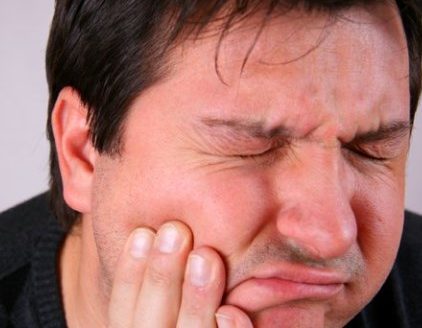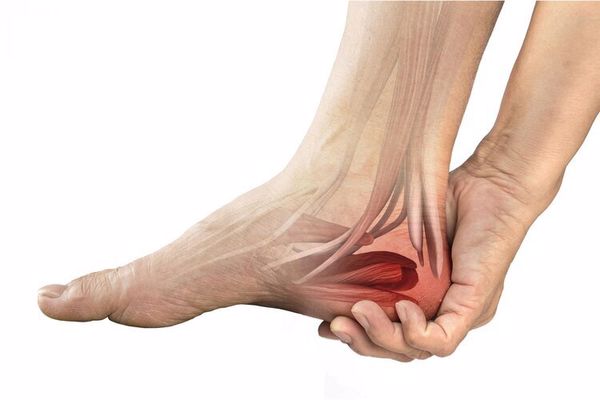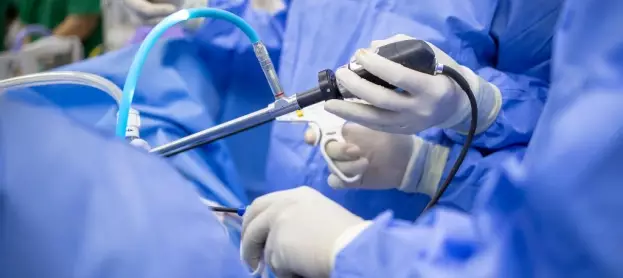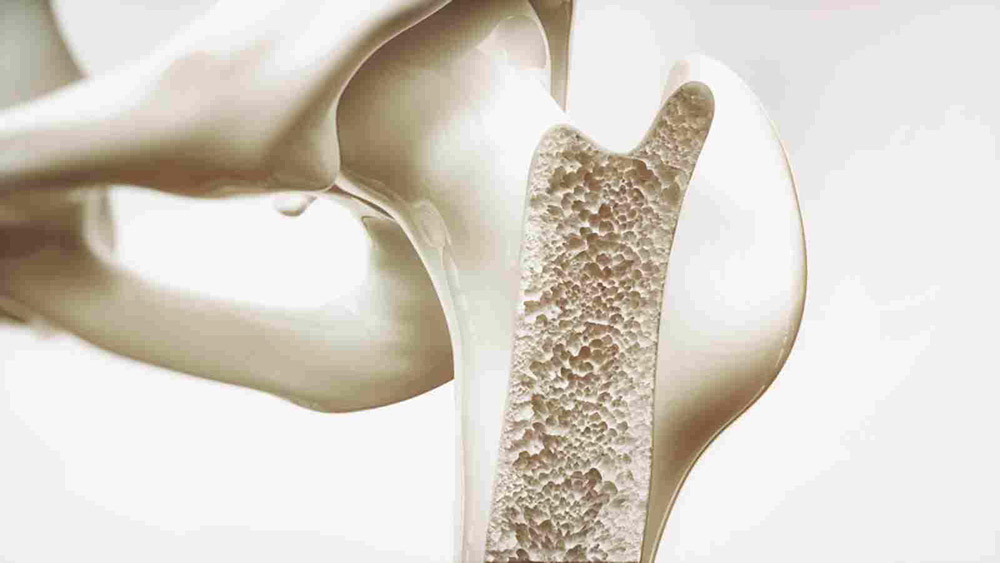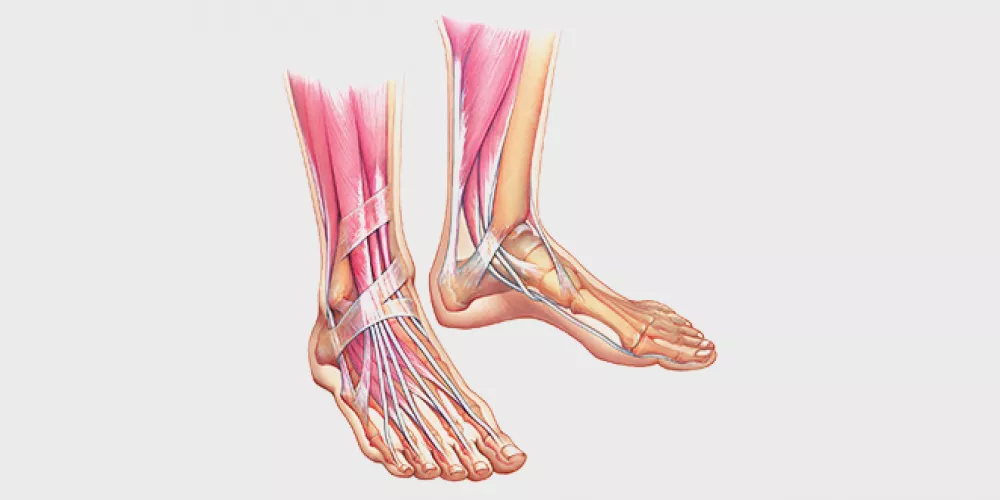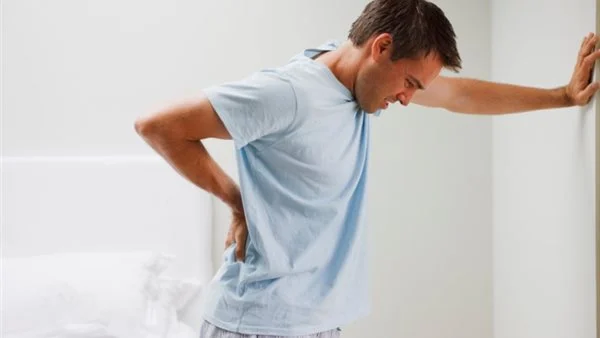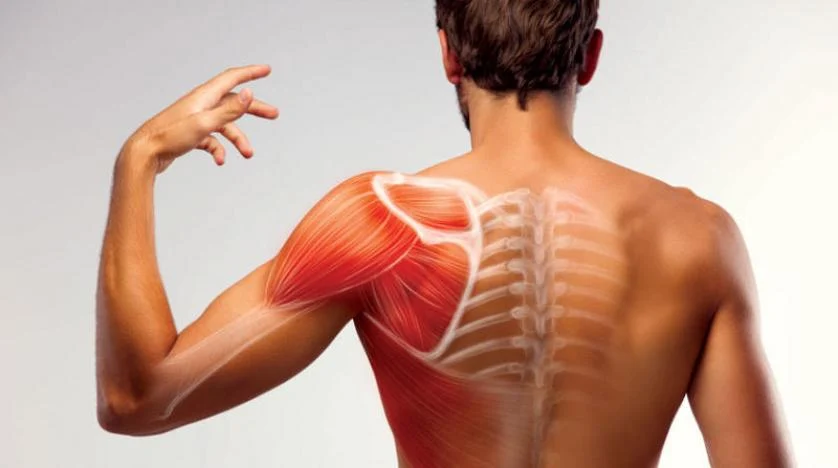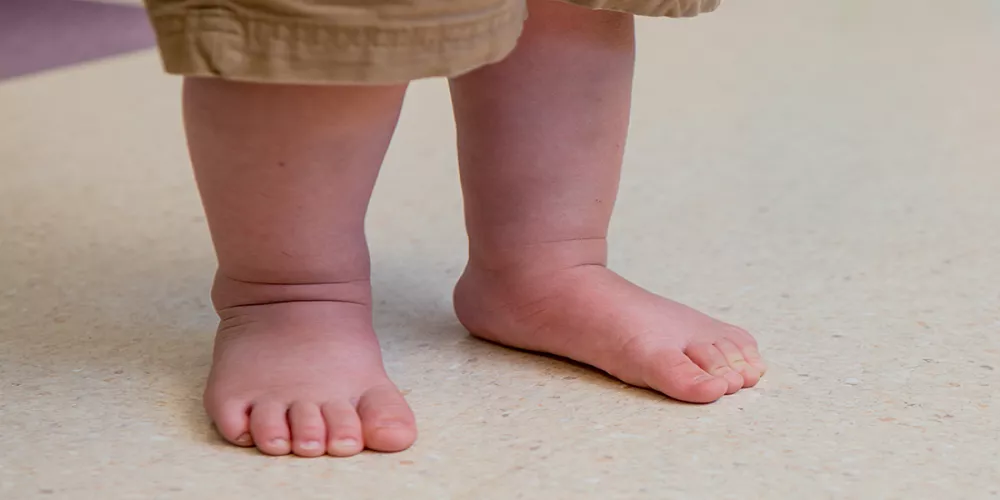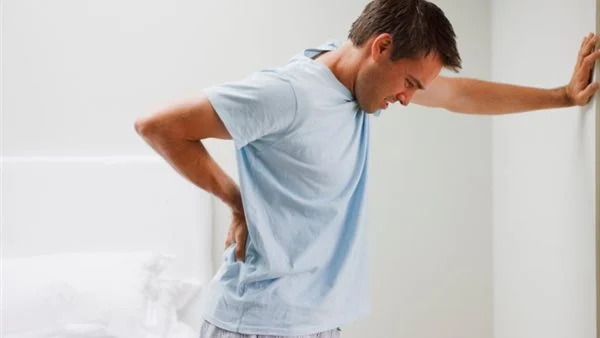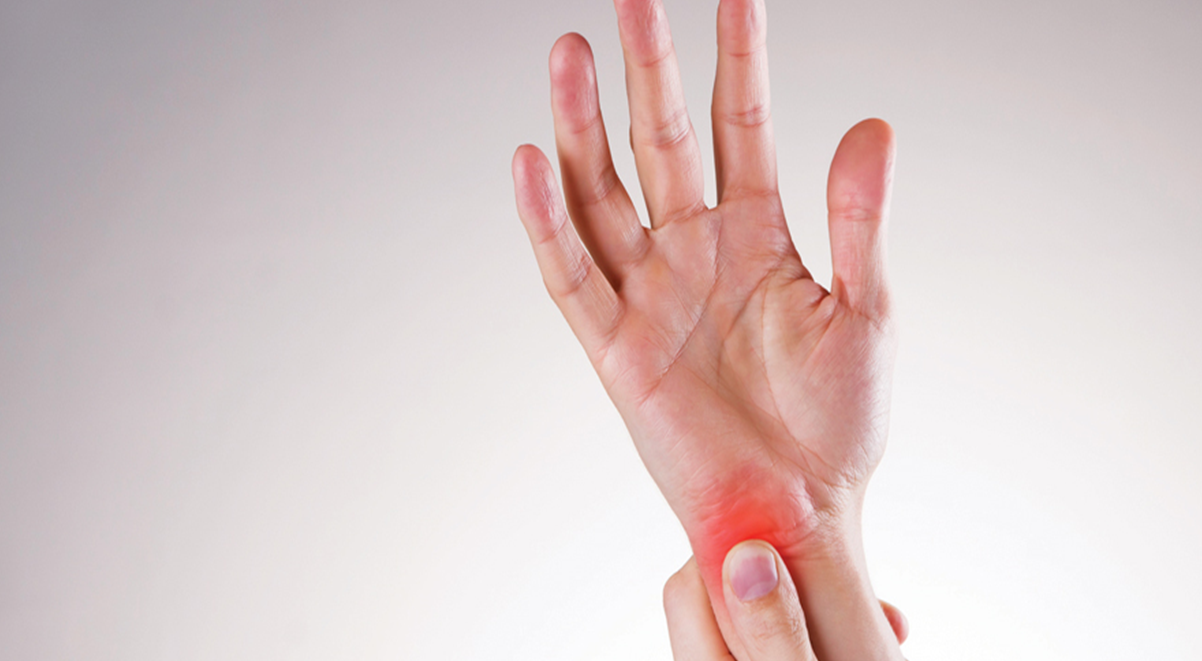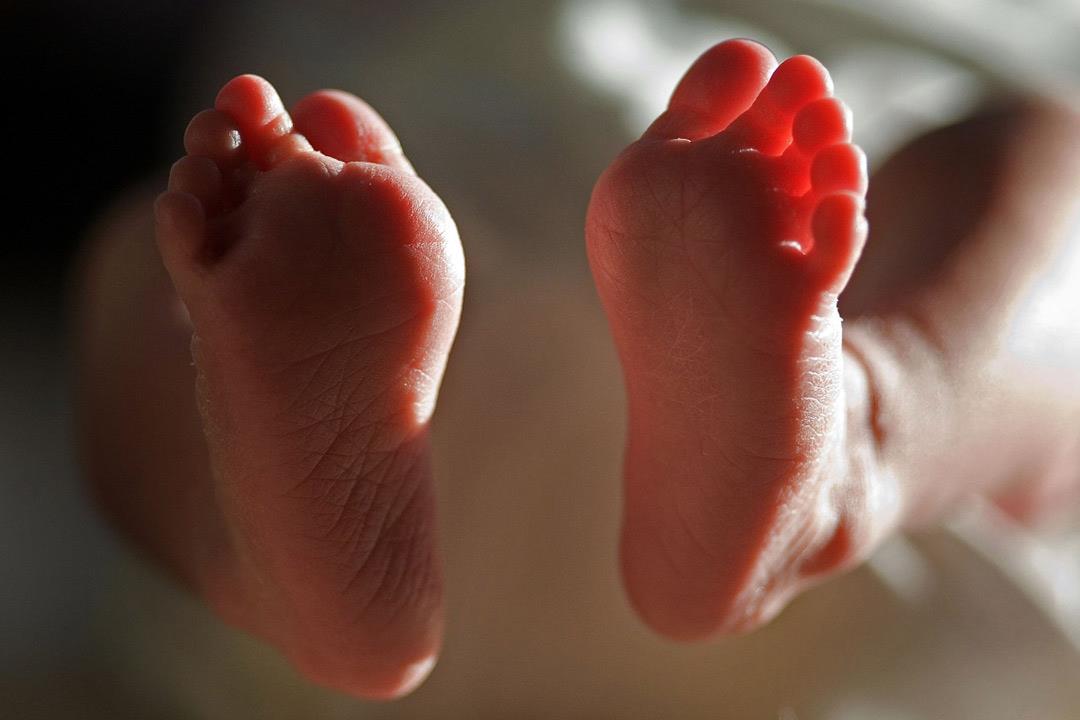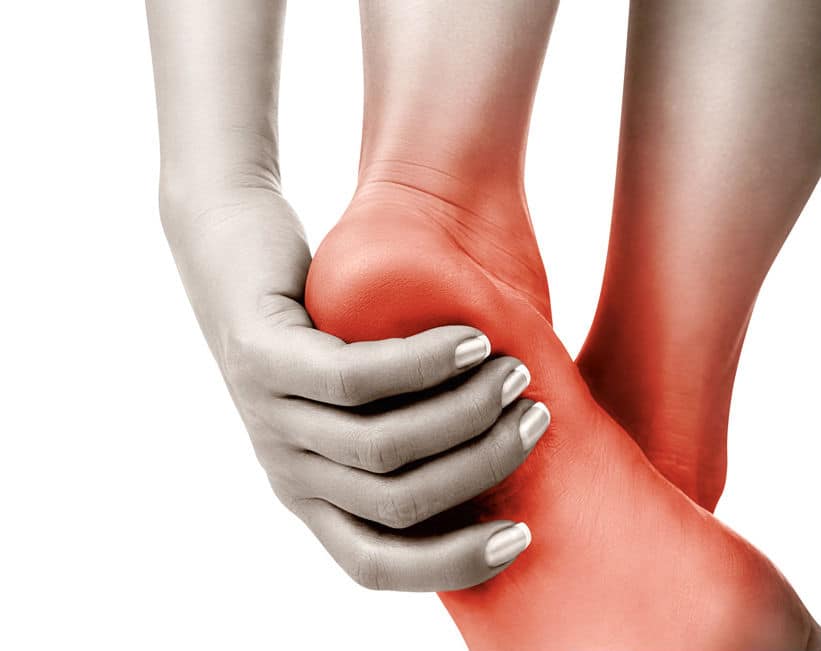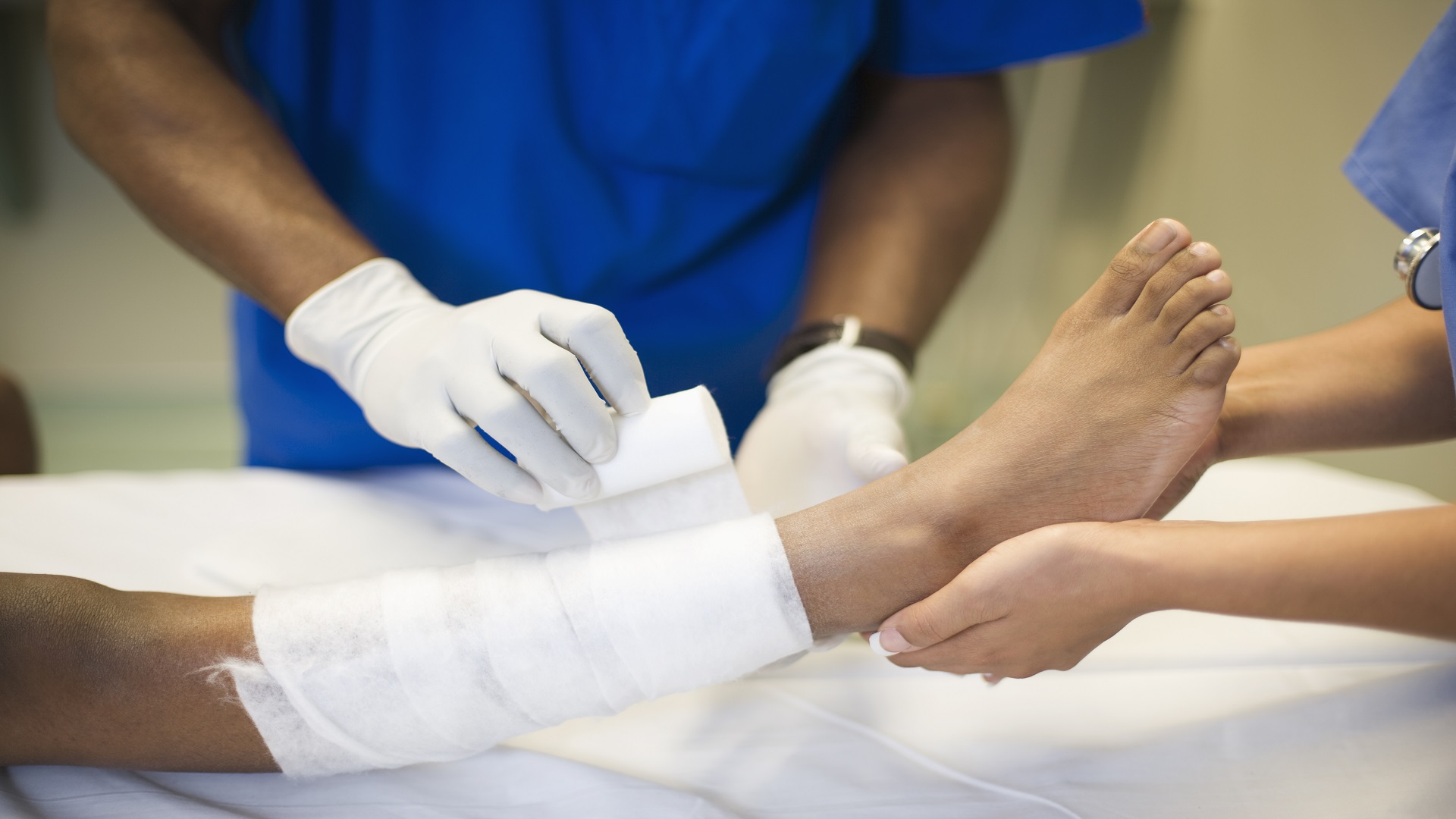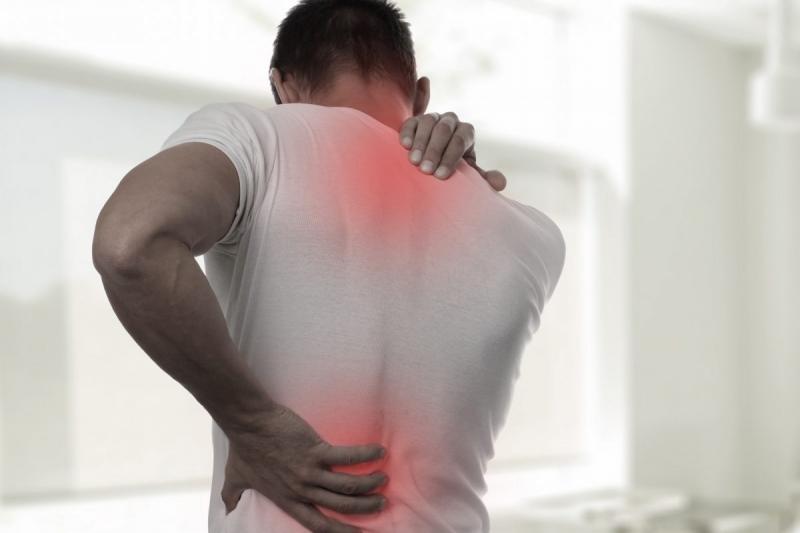!Choose a spine surgeon and the top 5 back problems you might suffer from
Spine surgeon, in this article, we will shed light on the role of the specialist doctor in spinal surgery and highlight the spine surgeon, who is an expert in this vital field. We will get to know his specialization and the most important services he provides in the field of spinal surgery, in addition to his vital role in helping patients get rid of spinal cord problems and diseases and regain their normal lives. So follow us in this article to explore the world of the spine surgeon and how he contributes to improving the quality of life and well-being of patients.
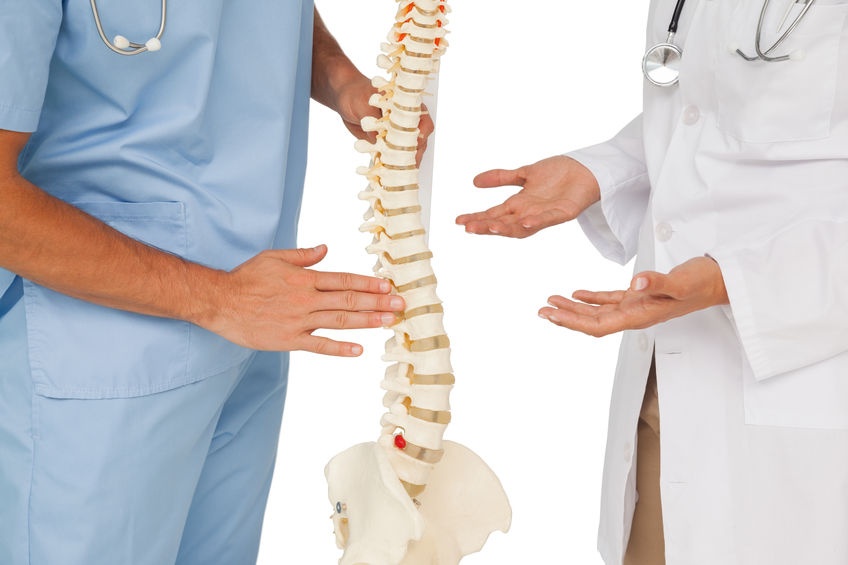
Spine surgeon
Maintaining health and wellness is extremely important in a person’s life, and when it comes to the vital part of our body, the spine, we must choose the best to provide proper healthcare for it. In this context comes Dr. Amr Aml, who is considered one of the most distinguished surgical doctors specializing in Egypt. Dr. Amr Aml works and provides high-level neurosurgery, brain and spinal surgery services through his outstanding consultations. Dr. Amr Aml evaluates, diagnoses and treats neurological conditions related to the spine and spinal cord, aiming to relieve pain and improve the overall condition of patients suffering from spinal pain or spinal cord problems.
Dr. Amr is experienced and competent, working with the latest medical techniques and methods to provide effective and appropriate treatment for each case. Dr. Amr Aml also ensures the best possible outcomes for patients, whether they suffer from vertebral problems, sciatic nerve pain, neck or back nerve pain, or even numbness and weakness in the lower limbs. Additionally, Dr. Amr Aml has a comfortable location in Nasr City where patients can book appointments online for free, allowing them to choose a time that suits them and get the necessary consultation from the distinguished doctor without the hassle of waiting.
For those looking for spinal surgery in Egypt, Dr. Amr Aml is an ideal choice as the doctor has extensive experience in his field and provides his services at competitive prices and with high quality specialist consultations. Patients can search for the best spinal surgery in Egypt according to patient reviews of doctors to assist in making the best decision regarding choosing a doctor that meets their needs.
Consult Dr. Amr Aml for the specialized care you need for your spine health.
What is spinal treatment?
Spinal treatment is a set of specialized and diverse procedures that aim to improve the condition of the back and spine, relieve pain, and enhance motor function. The appropriate type of treatment depends on the diagnosis of the condition and other factors such as the patient’s age and general health. Additionally, treatment also depends on the stage the patient is suffering from, such as the stretching, strengthening and elongation stage, or the straightening, stabilization and spinal fusion stage. Non-surgical treatments rely on assessing and addressing spinal cord problems using functional improvement techniques and pain relief. Some non-surgical treatments include:
- Physiotherapy and rehabilitation: This treatment relies on applying specific exercises and manual stimulation techniques to strengthen the muscles surrounding the spine and improve the motor function of the vertebrae. Physiotherapy can also include using massage, heat and cold therapy to reduce swelling and spasms.
- Massage techniques: These techniques rely on applying targeted pressure and movements to the muscular and connective tissues surrounding the spine to improve blood flow, relieve tension and reduce pain.
- Osteopathic adjustment techniques: These techniques are used to modify and improve the position and axis of the vertebrae in the spine. This may also include manipulation, massage and electrical applications.
- Use of medical devices: Medical devices such as braces, belts and electrical devices can be used to support the spine during movement, mobility and rest.
However, in some more advanced cases or acute cases that do not respond to non-surgical treatments, surgery may be necessary. Spinal surgeries include removing slipped discs or protruding muscle fibers, stabilizing damaged vertebrae, or replacing damaged spinal discs with artificial ones. Patients also need to continuously monitor their spine and care about physiotherapy to enhance prevention and stable functional performance. It is advisable to do routine exercises to strengthen the back and abdominal muscles that support the spine and avoid factors that cause back pain such as improper sitting and excessive load. This helps prevent deterioration of spinal condition and avoid developing other problems in the future.
We are proud to rely on Dr. Amr Aml’s expertise in treating spinal cord problems.
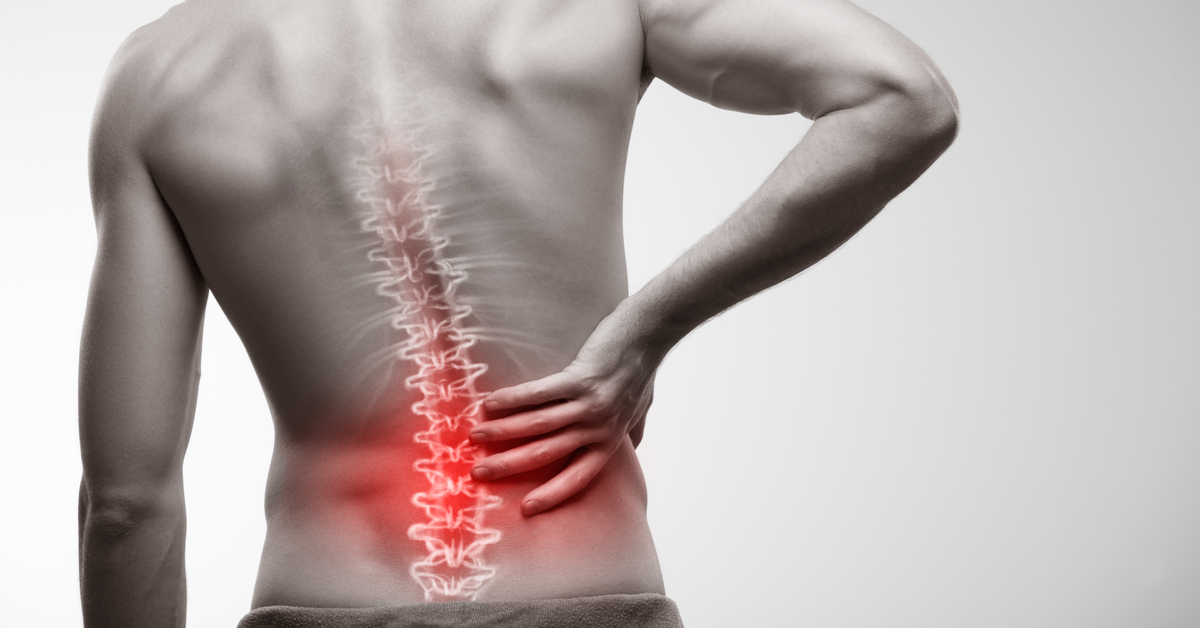
Types of back and spinal pain
Types of back and spinal pain you should know about
- Spinal stenosis:
- Occurs when the spinal canal narrows due to narrowing.
- Can cause severe back and leg pain and muscle weakness.
- Treated by surgery to remove constricted tissues.
- Kyphosis:
- Occurs when you have an abnormal curvature of the spine.
- Can cause pain, muscle tension, and difficulty performing normal movements.
- Treatment requires physiotherapy sessions and restoring the spine’s natural harmony.
- Vascular deformities:
- Problems with the blood vessels located in the spine can cause back pain.
- Accompanying symptoms of vascular deformities are skin swelling, redness and dizziness.
- Early diagnosis and treatment is required to minimize potential complications.
- Spinal tumor injury:
- A spinal tumor is one type of tumor affecting the bones of the spine.
- It can cause severe back, neck and limb pain and may also cause muscle weakness.
- Treating a spinal tumor may require surgery to remove the tumor and restore normal spinal cord function.
- Spinal infections:
- Spinal infections usually show up as back pain, especially in the lower area.
- The pain can be accompanied by muscle spasms and swelling in the affected area.
- Spinal infections are usually treated using anti-inflammatory medications and physical therapy.
Dr. Amr Aml provides a customized and effective solution for spinal problems.
Symptoms of Back and Spinal Pain
Do you suffer from back pain? The cause may be a spinal disorder, and the spine is one of the most important parts of the body supported and surrounded by many organs, muscles and nerves. Therefore, it is important to be aware of the symptoms of back pain and when there is a need to visit a spinal specialist. In this article, we will explore the most important symptoms that may indicate a problem in the spine. What are the symptoms of back and spinal pain?
- Varying pain: You may feel moderate to severe pain in your back. This pain may increase during movement and decrease during rest. Pain may also appear in other areas such as the neck or hips.
- Difficulty moving: You may find it difficult to perform some simple daily movements such as bending, straightening, or moving your neck. You may feel that your spine is pulling you or hindering your movement.
- Numbness and tingling: You may suffer from numbness and tingling in your back or lower limbs. You may also feel tingling in your legs, feet, toes or fingers.
- Muscle weakness: You may find it difficult to perform some daily activities due to muscle weakness in your back or limbs. You may feel unable to lift heavy objects or make certain movements.
- Changes in organ function: In rare cases, symptoms such as loss of bladder or bowel control may occur. If you are experiencing such symptoms, it is best to see a spinal specialist immediately.
When Should You Visit a Spinal Specialist?
When the above mentioned back pain symptoms appear and persist for a long time without improvement, it is advisable to consult a spinal specialist. You should also consult your doctor if the pain gets worse and makes it difficult to perform daily movements.
Enjoy comfort and reassurance thanks to the expertise of Dr. Amr Amel in spinal surgery.
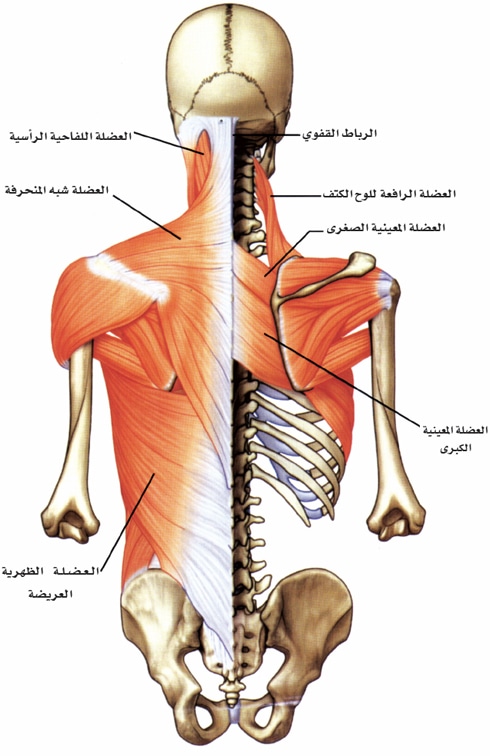
What Are the Causes of Back and Spinal Pain?
Many people may suffer from back and spinal pain at some point in their lives. This pain can be acute and painful and negatively affect daily life and daily activities. Back pain is a common problem faced by many people around the world. So what are the causes of back and spinal pain?
- Spinal disorders: Most back pain can result from spinal disorders. These disorders can be caused by arthritis, osteoporosis, or spinal injuries.
- Disorders of the joints and muscles: Back pain may be the result of disorders in the joints and muscles surrounding the spine. This may include spinal arthritis or muscle spasms and strains.
- Ligament disorders: Damaged ligaments can lead to back pain. Tearing or overstretching of ligaments can occur due to injury or spinal torsion, causing acute pain.
- Nerve root disorders: Back pain can result from nerve roots surrounding the spine. Pressure on nerve roots can occur due to stenosis of nerve canals or disc herniation, leading to acute pain, numbness and tingling in the back and limbs.
- Strain and sprains: Back pain can result from excessive strain on the muscles and ligaments surrounding the spine. Many people strain their muscles and ligaments due to strenuous work, extreme sports, or poor posture while sitting or standing.
- Injury: Injuries resulting from car accidents, falls, or sports injuries can cause back and spinal pain. Individuals should avoid exposure to accident injuries and take appropriate preventive measures.
These may be some of the common causes of back and spinal pain. However, we must remember that this information is based on available online data and cannot be considered a specific medical diagnosis. If you suffer from chronic or acute back pain, it is best to consult your doctor to assess your condition and diagnose the exact cause.
Diagnosis of Back and Spinal Pain
Back and spinal pain are common problems suffered by many people and pose a diagnostic challenge due to their potential diverse causes. In this article, we will review some of the diagnostic methods used to detect back and spinal pain.
- Physical examination and medical history: The physical examination and medical history are among the most important steps in diagnosing back pain. The doctor evaluates the location, type and severity of the pain, as well as observing any changes in the movement of the spine or adjacent structures.
- X-ray: X-ray is one of the important diagnostic methods to detect changes in the overall structure of the spine. Doctors can see any structural deformities, such as disc herniation or spinal stenosis, whether in the neck or back.
- MRI: MRI is more accurate than X-ray. This exam produces detailed images of the internal structure of the spine and surrounding tissues. Herniated discs, slips and scarring can be seen. This helps doctors better determine the cause of pain.
- Supplementary tests: In some cases, the doctor may need to perform additional tests to confirm the diagnosis, such as a neurological examination to assess the function of affected nerves and muscle and sensory testing.
- Lab tests: If inflammation or infection is suspected, the doctor may order lab tests to determine the diagnosis, such as blood tests and examination of cerebrospinal fluid.
Using these different diagnostic methods, doctors can determine the cause of back and spinal pain and develop an appropriate treatment plan. Patients should cooperate with their doctors and report any accompanying symptoms of pain they may suffer from. In case of unusual pain or worsening pain, a doctor should be consulted immediately to assess the condition and take appropriate action.

Tips for dealing with back and spine pain
During a long and busy day, many may suffer from back and spine pain. To get rid of this nuisance and avoid pain, here are some important medical tips you should follow:
- Exercise: Do some suitable exercises that help strengthen muscles and improve spine flexibility, including swimming, cycling, and proper weight lifting.
- Use weight lifting belts: When lifting heavy loads, use weight lifting belts to distribute pressure and reduce strain on the spine.
- Stand properly: When standing, maintain proper spine posture by pulling your shoulders up, slightly tighten your abdomen, and slightly bend your knees.
- Use an appropriate chair when sitting: Choose a chair that provides adequate back support and maintains proper spine posture. Sit straight with your feet on the floor and use cushions for additional support if needed.
- Use the right mattress when sleeping: Take advantage of mattress types designed to support the spine while sleeping. Choose a medium-firm mattress of appropriate size for your body.
- Try new sleeping positions: You may try some new positions while sleeping to correct back problems. Try sleeping on your side with a small pillow between your knees, which helps relax the spine.
- Use cold compresses: When feeling back pain, place cold compresses on the painful area for 20 minutes. You can repeat this procedure for the first 24 hours of symptoms to help reduce inflammation and pain.
- Manage your mental health: People suffering from anxiety, depression, or excessive life stresses are more prone to back pain. Managing tension and practicing relaxation activities like yoga or meditation is recommended.
How to prevent back and spine pain?
Back pain is a common and annoying health problem that many people face. Incorrect postures or sudden wrong movements may be the cause. But what can people do to reduce the occurrence of this pain? Here are some steps that can be taken to prevent back and spine pain:
- Avoid carrying heavy objects: Lifting heavy weights can increase pressure on the spine and cause back pain. Avoid carrying heavy objects as much as possible and use assisting tools when necessary.
- Maintain a healthy weight: Obesity and weight gain are factors that cause back pain. Maintain a healthy weight through daily exercise and a balanced diet.
- Strengthen abdominal and back muscles: Practice exercises that target strengthening abdominal and back muscles. These may include swimming, core muscle exercises, and spine stretching exercises.
- Sit properly and support your back with a cushion: Be sure to sit properly with your back straight and supported by an appropriate cushion. You can use specially shaped cushions to support your back while sitting for long periods.
- Avoid intense physical activity: Engaging in intensive physical activities can increase pressure on the spine and cause back pain. Reduce the intensity of strength exercises that impact the spine.
- Do not wear high heels for long periods: Wearing high heels can change body position and increase pressure on the spine, which can cause back pain. Avoid wearing high heels for long periods and choose comfortable, supportive shoes.
- Sleep on a firm surface: The sleeping surface is related to back and spine pain. Try to sleep on a firm mattress and use supportive pillows for your back and neck.
- Follow a calcium and phosphorus rich diet: Eating foods rich in calcium and phosphorus is important for spine health. These foods include dairy, fish, nuts, and green leafy vegetables.

Does a spine patient heal?
The spine is one of the most important parts of the human body as it encloses and protects the spinal cord. Due to its great importance, spine injuries can cause serious health problems that require quick and effective treatment. Many patients suffer from spine problems including slipped discs and back pain. Some may wonder if they can fully recover from these issues.
Regarding slipped discs, the answer is yes, patients can recover from this disease. It is worth mentioning that a slipped disc occurs when a partial or complete tear forms in the spinal disc, causing it to move and press on surrounding nerves. Patients with slipped discs need to undergo proper treatment including rest, physiotherapy, chiropractic adjustment. Manual spine adjustment is one of the methods used to treat back pain associated with slipped discs. Although most research has not proven significant benefits for this treatment, it may still be effective for some patients.
It is worth mentioning that treating slipped discs may be surgical in some severe and advanced cases. In such cases, the patient needs to stay in the hospital for surgery to relieve compressed nerves and stabilize spinal discs. In addition to the aforementioned treatments, patients may need additional support to alleviate pain and promote healing of the spine injury. This support can include medication, physiotherapy, conservative therapy, and other procedures provided by a specialized medical team.
What is the cost of spine surgery in Egypt?
The cost of scoliosis spine surgery in Egypt ranges from 100 to 200 thousand Egyptian pounds on average, but it should be taken into account that this cost may be approximate and varies from case to case according to several factors. The cost of anesthesia and the patient’s hospital stay after surgery are among the factors affecting the cost of surgery.
In addition, the place of surgery and the quality of services provided by the medical center can also affect the cost of surgery. The availability of advanced medical equipment and a specialized medical team may affect the cost of surgery, as high-level hospitals will usually be more expensive than lower-level ones. The patient’s age and general health condition are also factors affecting the cost of surgery. Complex spine conditions and spinal surgery may require a more complicated procedure and additional medical supplies, which can increase the cost of surgery.
It is important to note that before undergoing spine surgery, the patient should consult a doctor and undergo the necessary tests to accurately determine their condition and estimate the actual cost of surgery. The decision to have surgery should be made after careful consideration and review of all influencing factors, including cost. The potential risks of surgery, likelihood of success, and full recovery should also be considered.

